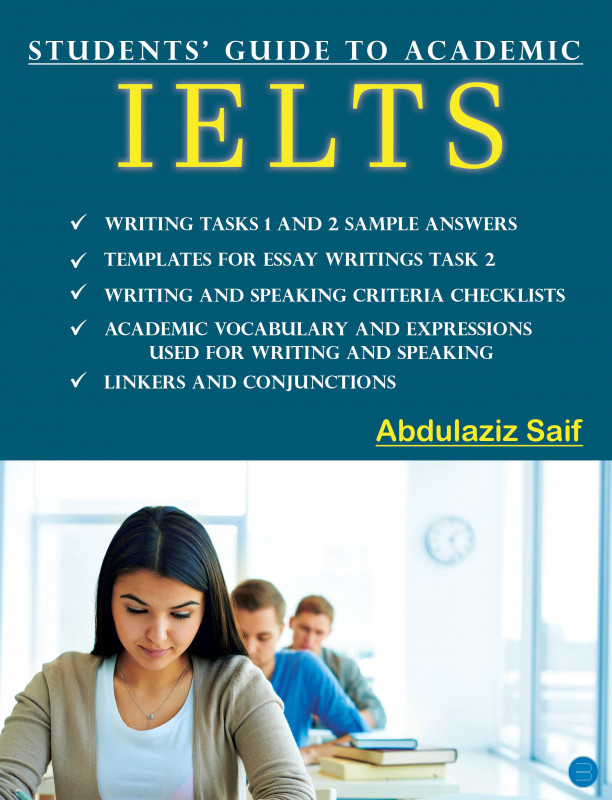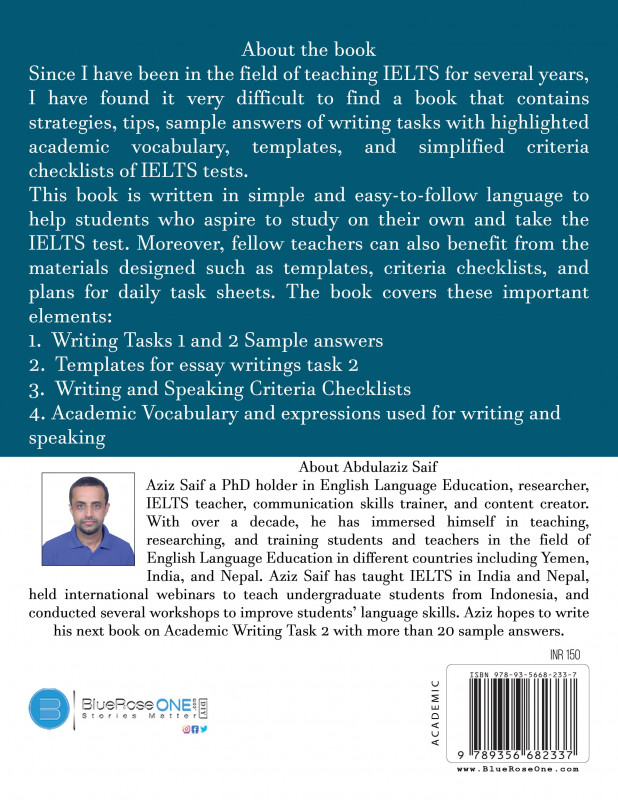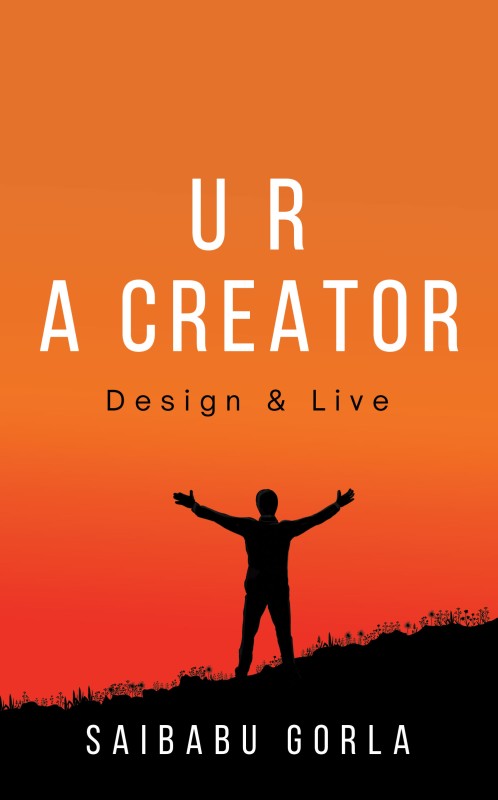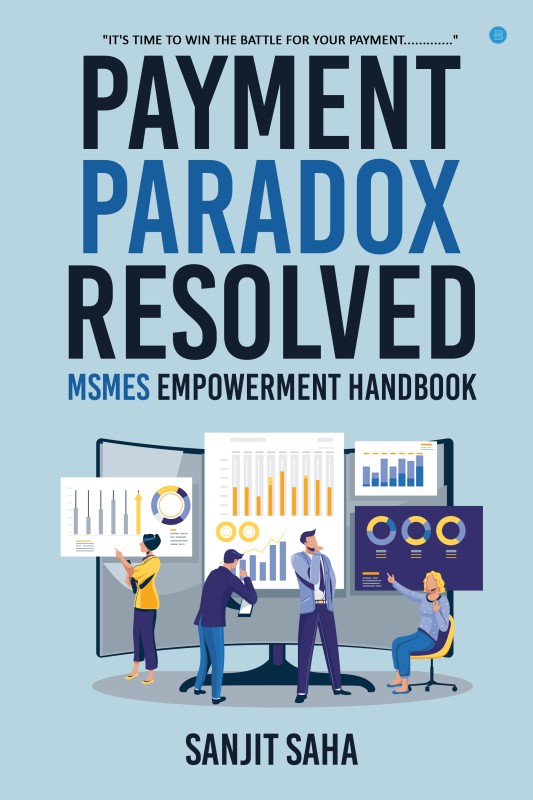Students' Guide to Academic IELTS
by Abdulaziz Abdo Ali Saif | 24-Aug-2022
(0)
This book is written in simple language to help students who aspire to study on their own and take the IELTS test. Moreover, fellow teachers can also benefit from the designed materials in this book such as templates, criteria checklists, and plan...
Original
Books
Fastest
Delivery
7-day
Replacement
Book Details
- Language : English
- Pages : 106
- ISBN : 9789356681484
- Genre: ACADEMIC
- Size : 8.5 x 11
- Binding Type : PAPERBACK
- Age Group: + Years
- Paper Type : WHITE PAPER
- Interior : BLACK & WHITE
- Cover : GLOSS FINISH
- Book Type : PAPERBACK
- Tags : Students' Guide to Academic IELTS,Academic
-
Best Sellers Rank :
#120 in Academics
#690 in Global
Reviews
There are no reviews for this product yet.

 USD
($)
USD
($) AUD
($)
AUD
($) CAD
($)
CAD
($) EUR
(€)
EUR
(€) HKD
($)
HKD
($) GBP
(£)
GBP
(£) SGD
($)
SGD
($)








